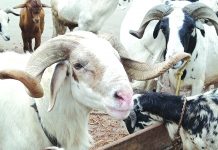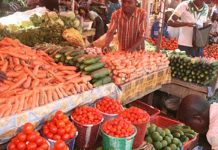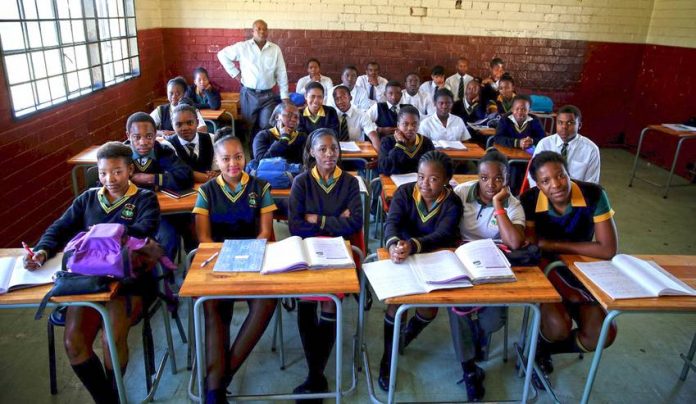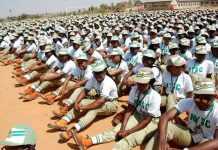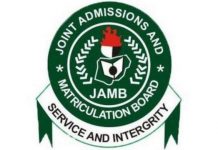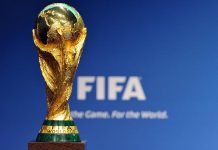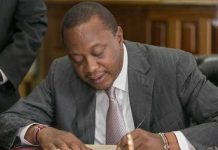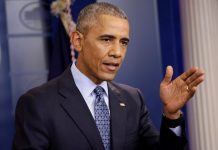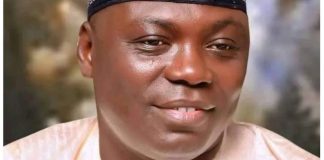Political and economic analysts in Africa enjoy making comparison between Nigeria and South Africa. They watch the swing of the pendulum for each variable and index in both countries. For obvious historical reasons, Nigeria is ahead of South Africa in literacy level although the latter’s level of infrastructural development beats the Nigerian situation hands down
Now, South Africa faces difficulties following the result of an international study on child literacy rate. The reading ability of school children in fifty countries was sampled and South Africa emerged at the very last spot. The study also found that eight out of 10 South African Grade 4s do not understand the meaning of what they manage to read. Officials of the Department of Basic Education are poised to trivialize the matter but independent education experts say that the survey result shows that South Africa is on the verge of a serious youth reading crisis.
According to the global assessment of Progress in International Reading Literacy Studies, PIRLS, released last week, an evaluation of the reading skills of 9- and 10-year-olds in 50 countries around the world, placed South Africa at the bottom. Students in the sample were tested in their most familiar language. This threw up a clear picture showing that about 80% of Grade 4 students in the country cannot read for meaning in any language.
It was a blatant way of showing that the students in the sample failed to meet the basic literacy mark set for the study, that is, the ability to retrieve basic information from texts to answer simple questions. Plotting the South African situation into global perspective, about 5% of other international students failed to reach the stipulated mark.
Education experts who felt embarrassed by the result started clamoring that South Africa needs a Marshall Plan for Reading. They urged the executive arm of government to mobilise the country behind one goal: That all children can read for meaning by the end of Grade 3.
They wondered whether the presidency had been fully informed about the latest reading results showing that 80% of Grade 4 students cannot read. Simply put, that is eight out of every ten children in the country. The more worrisome aspect is that the language of the test was not English, but in their individual home languages. The result showed that among Setswana and Sepedi home language learners, the failure figure is even higher, over 90%.
Anyone still asking what that means should read the handwriting on the wall. The government should be told in clear terms that after four years of schooling the overwhelming majority of South African children cannot understand what they read, if they manage to decode the words at all. Simple questions, workbook exercises, even the most basic story book. These are meaningless to them. If the matter is not properly tackled now, the children will not know how to read and there will be no end to the blame game about who failed them before they even started.

